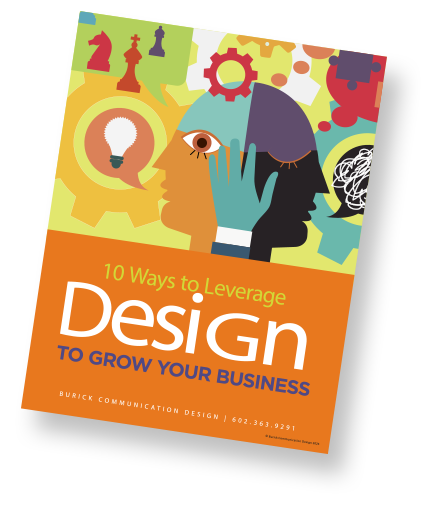
Benefits of Creating a Microsite: 10 Ways to Increase Interaction
Among the many benefits of creating a microsite is that, to a significant extent, your users have self-selected themselves as interested in a specific product or service—unlike your regular website, where they might just be window shopping. When you increase interaction, you increase engagement—and lower your bounce rate, too.
Many of the following strategies can be seen in action in 5 Microsite Examples for Brand Promotion and “5 Great Microsite Examples.”
- Graphics. Probably the simplest form of interaction, having an interesting or innovative approach to navigation can entice users to click to find out what’s next.
- Giveaways. This is a no-brainer—and it doesn’t have to cost you anything. A free ebook, guide, app, or whitepaper is an easy sell in exchange for an email or other simple contact info. If you have an inexpensive item or sample that could entice a sale, that could also be a worthwhile marketing investment.
- Calculators. Some industries lend themselves more than others to mathematical equations, of course, such as the freelance rate calculator we built for More Cowbell Books, or like the mortgage rate calculators you see on banking websites. If there’s a common question that you end up answering a lot, consider creating a way for your users to help themselves — and make yourself look like a hero.
- Social media. Obviously, you’ve got buttons linking to your Facebook, Google+, LinkedIn and Twitter accounts as a bare minimum. But have you considered including a feed of one or more of your social media tools on your page to increase engagement, like Instagram?
- Quizzes and Polls. There are two ways to approach these tools, which can often be added with a simple widget or plugin: First, as a way of gaining customer insights about your products or services. Second, you can use them to get a pulse on what your prospects know or feel about a given topic.
- Contests. For many microsites, this may be the main thrust of the pitch — but just about any site can incorporate one for buzz and social media sharing potential.
- Infographics. If you’ve got appropriate data or statistics, a dynamic graphic that enables users to “play” with the information can be a magnet for activity as well as social media shares.
- Games. As with calculators, this may depend on your industry and brand positioning. But let’s be honest, people are susceptible to goofing off on the web—why not on your site?
- Podcasts and videos. Not everyone loves to read, so offering compelling audio or video content can help you reach people in their preferred mode—and tell a story in a way that jumps off the page.
- Blogs. These are a time-tested function of websites for a reason: They work by giving your readers further insight into what you do and why, and their comments can guide your future efforts toward what they’re interested in.
The key to increasing interaction is to experiment, keep a close eye on your site analytics, and respond to what your users are reacting to. Be honest about what’s working, and what’s not. And don’t overdo it—making a person feel overloaded or overwhelmed can be just as harmful to interaction as being bored.
In the comments: What are some of your favorite forms of interactive content? Do you believe a site’s level of interactivity and engagement affects your buying decision?

























